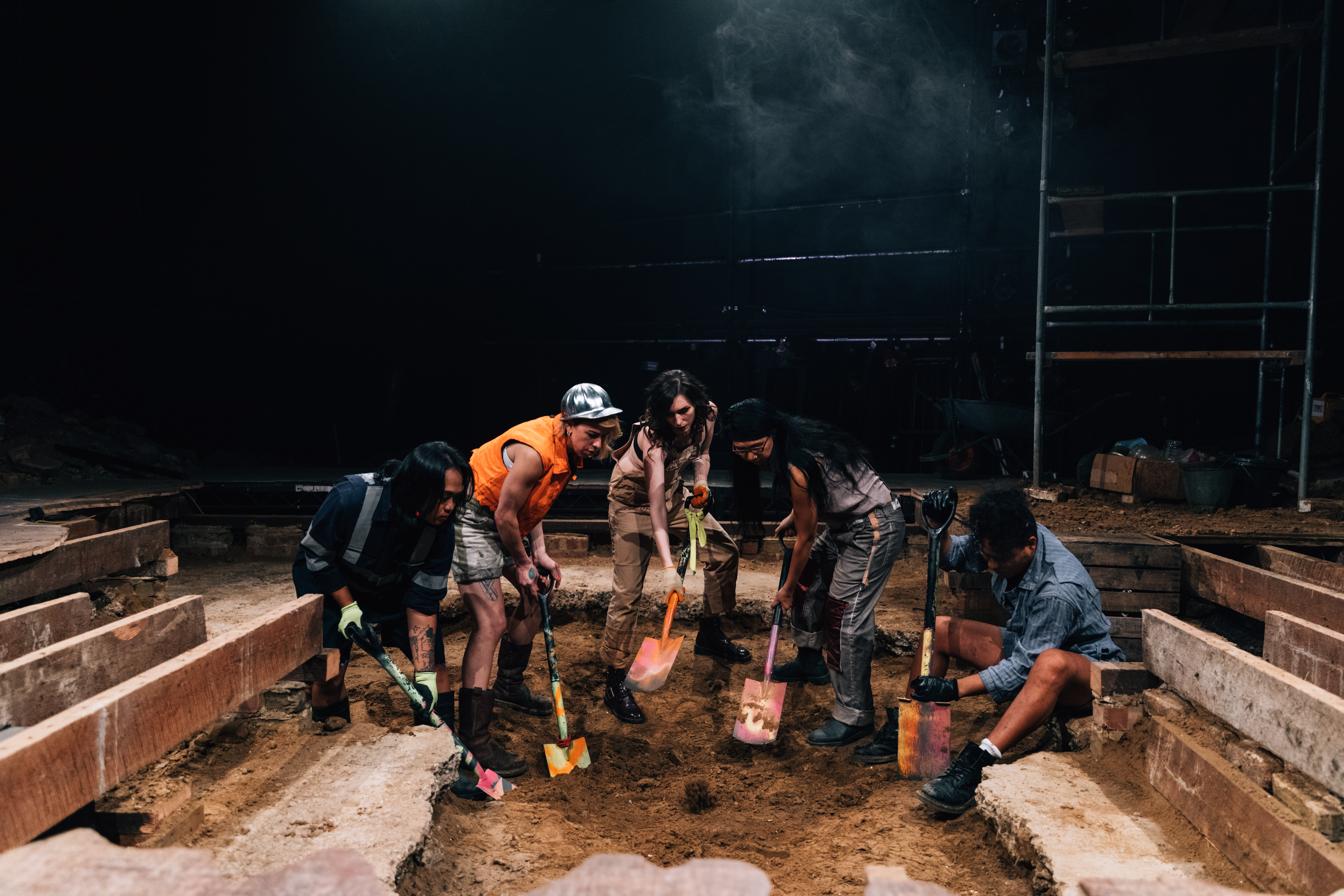In the 1960s a popular term referring to transgender people was “wadam,” which is a combination of “wanita” (women) and “Adam.” However, religious groups objected to the term because it uses the name of a prophet, Adam. The term was associated with the establishment of an organization called Himpunan Wadam Djakarta (HIWAD). In the Queer Indonesia Archive (QIA), two sources provide different years for when HIWAD was established: GAYaNUSANTARA no. 108 (August 2003) gives the year 1969, while Kemala Atmojo’s book Kami Bukan Laki-Laki: Sebuah SketsaKehidupan Waria (1986) gives the year 1973. In this conversation we use “waria” to refer to transgender woman. Apart from this, in Indonesia today, we use “transpuan”; “puan” derives from “perempuan” (woman), a synonym for “wanita” (woman).
Mentioned in the introduction to Dede Oetemo, Memberi Suara pada Yang Bisu (Giving voice to the voiceless) (Galang Press, 2001).
See Andi Zainal Abidin and C. C. Macknight, “The I La Galigo Epic Cycle of South Celebes and Its Diffusion,” Indonesia, no. 17 (April 1974): 161–69 →.
The Indonesian version was compiled by Nyoman S. Pendit, Mahabharata (Gramedia Pustaka Utama, 2003).
Soewito Santoso, Fendi Sirefar, and Kestity Pringgoharjono, The Centhini Story: The Javanese Journey of Life (Marshall Cavendish, 2006).
Benedict Anderson, Language and Power: Exploring Political Cultures in Indonesia (Cornell University Press, 1990).
See Ian Douglas Wilson, “The Politics of Possession: Community Arts in New Order Java” (honor’s thesis, Murdoch University, 1997).
See Marieke Bloembergen, “Being Clean Is Being Strong: Policing Cleanliness and Gay Vices in the Netherlands Indies in the 1930s,” in Cleanliness and Culture: Indonesian Histories, ed. Kees van Dijk and Jean Gelman Taylor (Brill, 2012).
Throughout this interview process, Tamarra informed me at the end of January 2021 that Tamarra was in court to change Tamarra’s name and all identification documents. As written on an identity dard on February 20, 2021 passed by the Yogyakarta District Court. Tamarra’s pronoun is Tamarra.
See →.
See →.
Riksa Afiaty would like to thank Tyson Campbell, Syafiatudina and Sidhi Vhisatya for their clarity that significantly improved the text.
